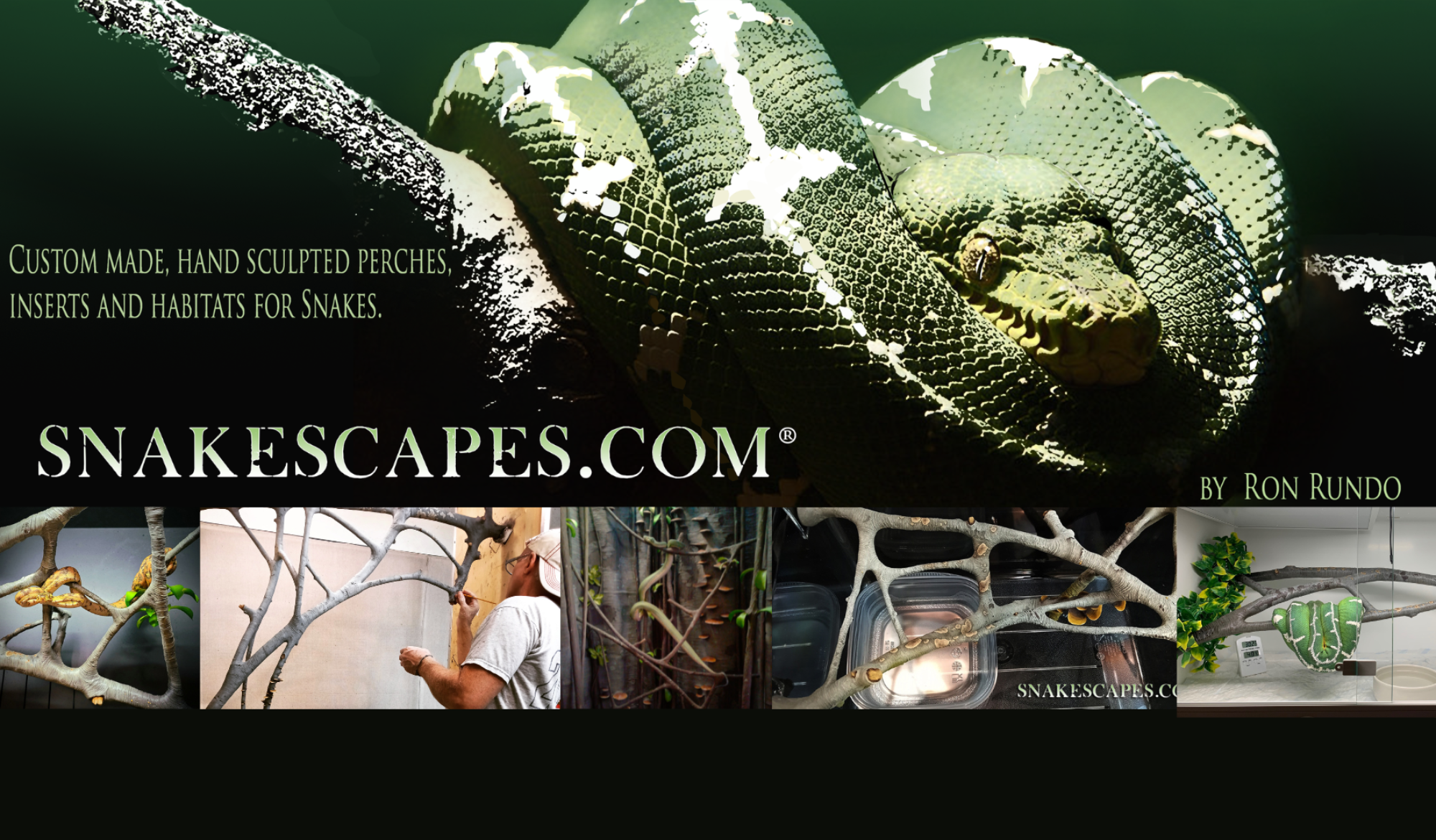In the world of reptile enthusiasts and snake aficionados, finding the perfect habitat for your arboreal companions is akin to providing them a haven that mirrors their natural environment. When it comes to precision and expertise in creating custom arboreal snake habitats, look no further than our acclaimed Emerald Tree Boa breeding expertise.
Why Choose Custom Arboreal Snake Habitats?
Arboreal snakes, including the striking Emerald Tree Boa (Corallus caninus), thrive in environments that mimic their native treetop dwellings. As a reputable breeder with a passion for these majestic creatures, we bring a level of dedication and knowledge that sets our custom habitats apart.
Tailored for Arboreal Luxury
Our custom arboreal snake habitats are meticulously designed to cater to the unique needs of arboreal species. From strategically placed branches to simulated foliage, every aspect is crafted with precision to ensure a comfortable and secure environment for your snakes.
Expert Insight in Every Design
Backed by years of experience, our expertise goes beyond breeding Emerald Tree Boas. We understand the intricacies of creating habitats that not only showcase the beauty of these creatures but also promote their physical and mental well-being. Each design reflects our commitment to excellence and our deep understanding of arboreal snake behavior.
Key Features of Our Custom Arboreal Snake Habitats
1. Authenticity in Design
Our habitats capture the essence of arboreal landscapes, incorporating features that resonate with the natural habitats of species like the Emerald Tree Boa.
2. Safety and Security
Crafted with the safety of your snakes in mind, our habitats prioritize secure perches, hiding spots, and easy navigation for your arboreal companions.
3. Aesthetic Appeal
Beyond functionality, we recognize the importance of aesthetics. Our habitats not only meet the practical needs of your snakes but also enhance the visual appeal of your reptile space.
Elevate Your Snake-Keeping Experience
Choosing a custom arboreal snake habitat from our breeding expertise means investing in an unparalleled level of care and dedication. It’s about creating an environment that fosters the well-being and natural instincts of your beloved reptilian companions.
Ready to embark on a journey of discovery and excellence? Explore our range of custom arboreal snake habitats and elevate your snake-keeping experience with the assurance of a reputable Emerald Tree Boa breeder.
Contact Us to discuss your custom habitat needs and provide your arboreal snakes with a home they’ll thrive in.
